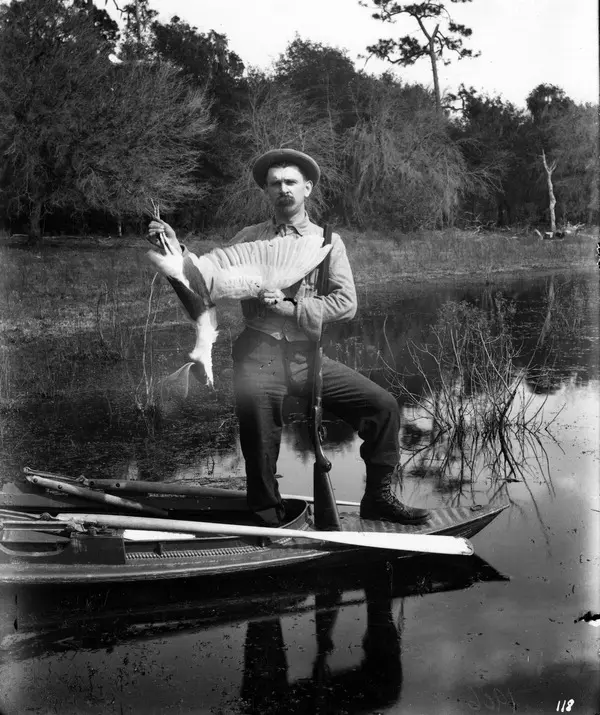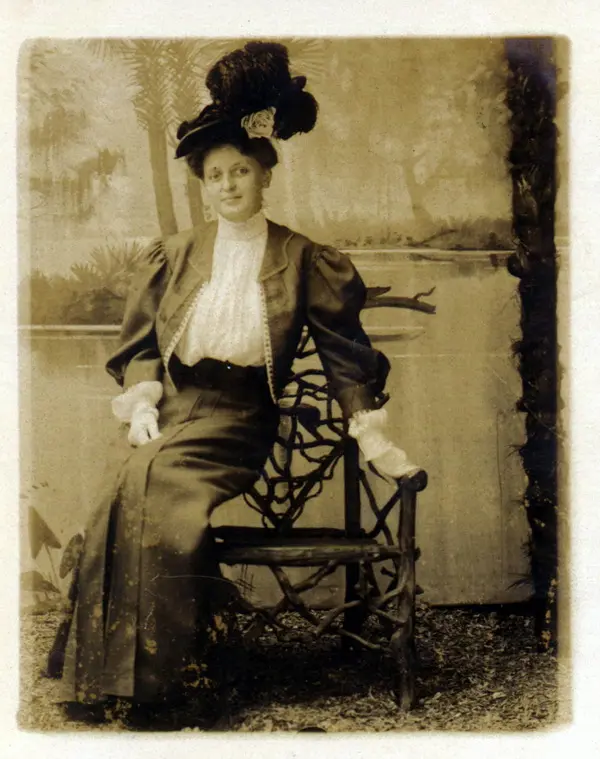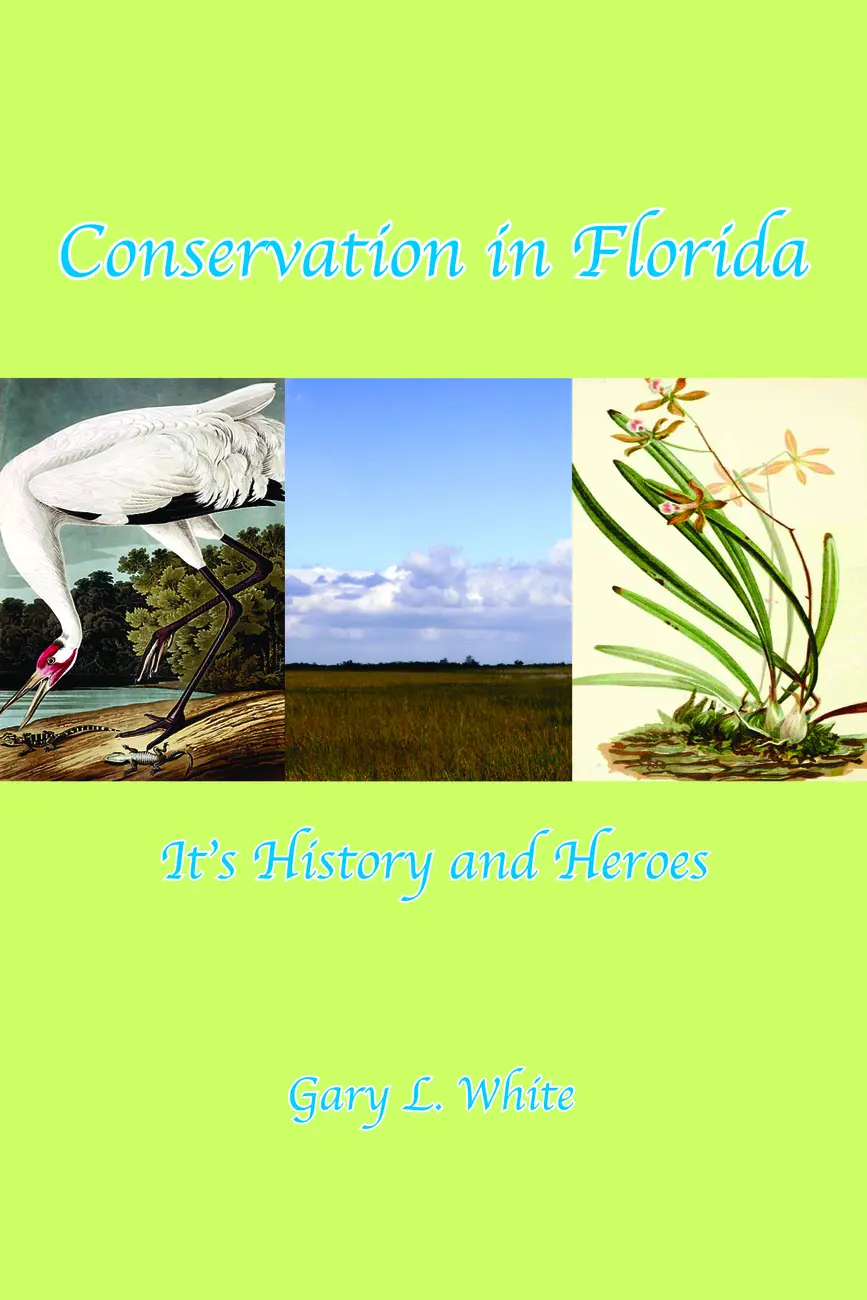In the late 1800s, it was very fashionable for women to wear bird plumes, and even entire bird carcasses, on their hats. This fashion trend led to the beginning of the conservation and environmental movement in Florida.
“The conservation movement in Florida began with a specific aim. It was a group of people who were alarmed about the fact that wading birds were being slaughtered in the Everglades for their feathers, which were sold to hat manufacturers in the North,” says Gary White, author of the book Conservation in Florida: Its History and Heroes.
“Since then, it’s broadened to include many other areas (such as) concern about invasive species, protection of the land itself; not only the birds and other wildlife but the land itself that they depend on for habitat. There’s much more understanding now of how certain species have to have a certain kind of habitat. So it’s broadened greatly over the past century or so.”
This week, thousands of conservationists, environmentalists, naturalists, bird watchers, and eco-tourists will converge on the Titusville campus of Eastern Florida State College for the 18th Annual Space Coast Birding and Wildlife Festival, presented by the Brevard Nature Alliance, January 21-26.
Saturday afternoon from 2:00 pm to 4:00 pm, Gary White will be signing copies of his book in the Exhibit Center at the festival.
“The organized conservation movement in Florida began March 3rd, 1900. That was the day that fifteen people met at a house in Maitland and decided they were going to create the Florida Audubon Society,” White says. “Their purpose was to bring attention to the slaughter of birds, because there were no laws at the time to protect wading birds in the Everglades, so one of their highest priorities was to push the legislature to enact laws that would protect birds.”
The Florida Audubon Society was successful. The Florida legislature passed a law protecting non-game birds in 1901. The popularity of plumed hats around the world, and the rampant slaughter of birds to meet that demand, had nearly led to the extinction of egrets and other birds in Florida. President Theodore Roosevelt established Pelican Island, Florida, as the first National Wildlife Refuge in 1903, to protect birds from plume hunters.
It was the Maitland home of Louis F. and Clara J. Dommerich where the Florida Audubon Society was founded. One member of the group was particularly persuasive when it came to convincing women to stop wearing plumed hats.
“Mary Munroe was the wife of a renowned nature writer, Kirk Munroe,” White says. “She met strangers on the street who were wearing hats adorned with bird feathers, which was extremely common at the time, and (would) lecture them on the cruelty that went into those feathers being on their hats. According to the early biographers, some of the women were so moved by what she said that they took off their hats and pulled off the feathers and changed their ways right there.”
From the work of naturalist William Bartram and ornithologist John James Audubon in the late 18th and early 19th centuries, to the most contemporary discussions of climate change and water use, Conservation in Florida: Its History and Heroes chronicles in detail the pivotal moments in our state’s environmental movement as it developed.
“After the original priority of enacting laws to protect birds, the next major stage was turning attention toward the preservation of the Everglades,” says White. “In south Florida there had been schemes for decades to drain the Everglades. Networks of canals were dug to try to dry it up so it could be used in a more valuable way. That process started in the 1920s and lasted about twenty years until in 1947, Everglades National Park was dedicated.”
Another milestone in the conservation movement was the successful effort to halt construction of the Cross Florida Barge Canal in 1971, after about a third had been built. Since the 1800s, attempts had been made to bisect the Florida peninsula with a canal across the state, which would have devastated both the St. Johns River and the Ocklawaha River.
The conservation and environmental movement continues today, and it all started with opposition to a misguided fashion statement.
Dr. Ben Brotemarkle is executive director of the Florida Historical Society and host of the radio program “Florida Frontiers,” broadcast locally on 90.7 WMFE Thursday evenings at 6:30 and Sunday afternoons at 4:00, and on 89.5 WFIT Sunday mornings at 7:00. The show can be heard online at myfloridahistory.org.


